From the 28th November to 3rd December (2016) the cross-disciplinary (groundwater-sanitation-health) University of Nairobi AfriWatSanteam surveyed water supply and sanitation conditions in Kisumu in both a densely populated, urban area (Obunga, Manyatta) and a less-densely populated peri-urban area (Kanyakwar). The team sought to characterize the health status/disease burden of populations living in informal settlements in Kisumu in relation to urban aquifers, water-supply well catchments, and on-sanitation systems.
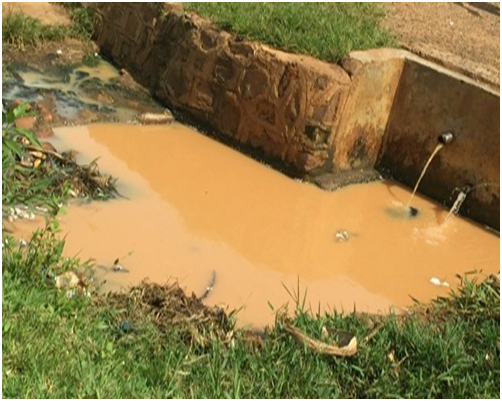 Figure 1: Unprotected Spring
Figure 1: Unprotected Spring
In Obunga, the team noted the existence of a range of water sources including piped water supplied by KIWASCO (Kisumu Water and Sewerage Company), individual boreholes (some unprotected) and springs (Figs. 1 to 9). Sanitation practices included open drainage systems present within household compounds and along the main road entering the slum, parallel to the main water pipe (Figs. 10 to 12). A few households had toilet facilities outside the house which were either open pit or with slab; open defecation was noted to occur.KIWASCO supplies piped water directly to individual households and through water kiosks. On average metered owners and water kiosk vendors would sell a 20L jerrican at Kshs 3/=. The Kudhospringwater kiosk sold 20L jerrycans of water at 3 KSH.
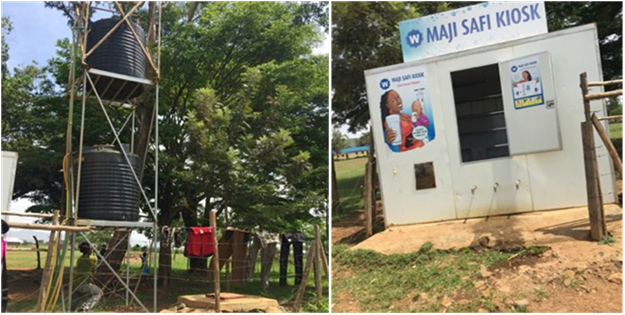
Figure 2: Kudho primary school treated water for sale
In Manyatta B informal settlement, water is supplied by a community initiative – Wandiege Water Supply Company (WWSC), as well as KIWASCOand individual boreholes/wells. WWSC is the main water supplier and draws water from a borehole constructed in 2003; few areas receiving water from KIWASCO. WWSC carries out treatment and water testing of its borehole discharge independently and serves a population of 11 900 people including 6 institutions, 162 households, 25 water kiosks and a market. No individual/personal boreholes were identified in the informal settlement. WWSC makes water available through connected piped and registered water kiosks vendors; a 20L jerrycanis sold at 2 KSH.Sanitation coverage were noted to be limited as residents were unwilling to build the toilets due to over flowing and collapsing of the structures. WWSC has established toilets for commercial use that also generate biogas intended for residents to use for cooking. However, residents rarely use the toilet and bathroom facilities.
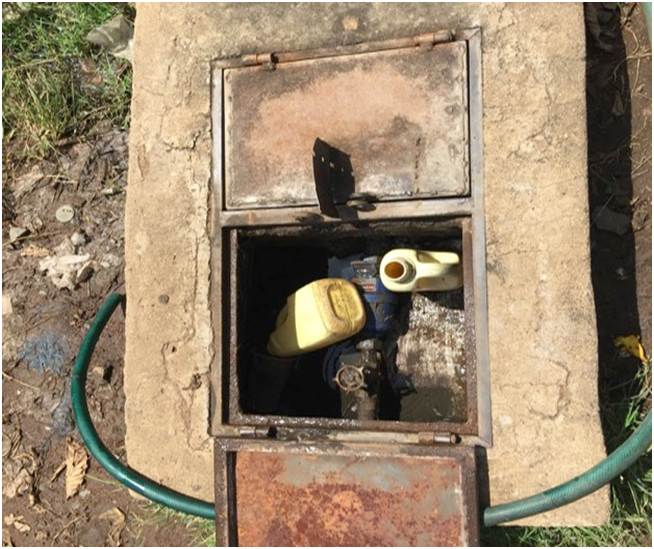
Figure 3: KIWASCO metered water
Peri-urban settlements of Kanyakwar are sparsely populated with boreholes in most settlements. Water supplies derive primarily from 3 sources: KIWASCO piped water, personal and public boreholes and a community water project, Asengo Water Company (AWC). AWC serves 200 household and is supplied by a protected spring; water treatment is done using chlorine and aluminium sulphate once the water was stored water in the main reservoir and then supplied down-hill to clients with piped meters and up-hill for sale at water kiosks. Water is sold at Kshs 3/= for a 20L jerrican. An untreated source from the spring was used by residents of the area who had not been connected by the water company. Water from the spring was used for drinking and other domestic uses. No toilet facilities, drainage and waste disposal systems were noted in the area.
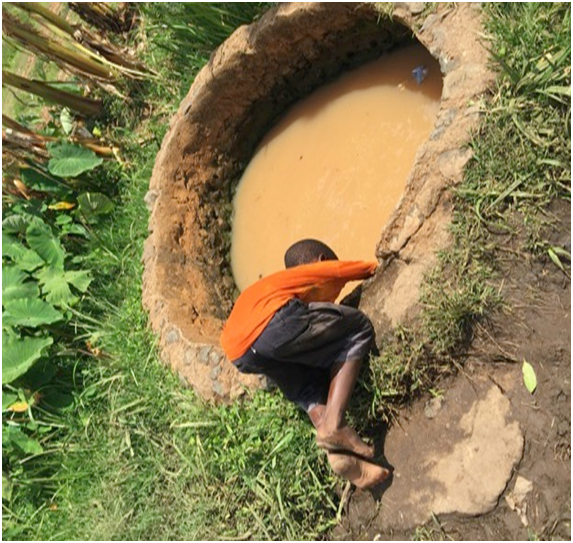
Figure 4: A child fetching water in an unprotected borehole
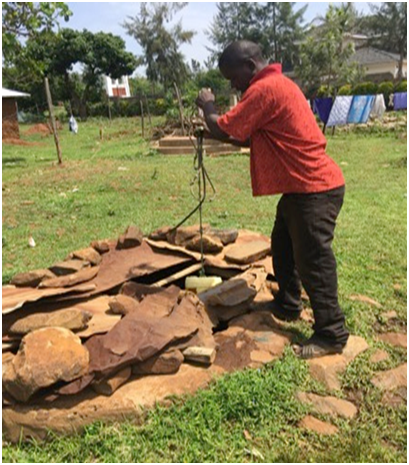
Figure 5: Unprotected community borehole.
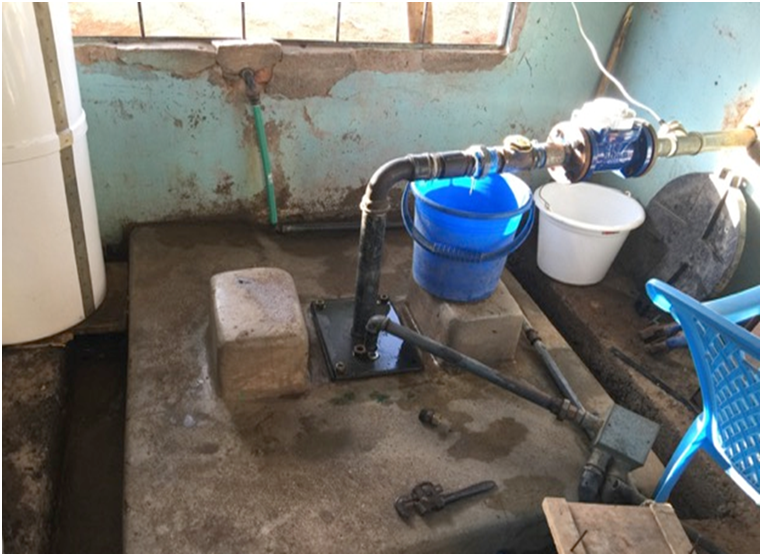
Figure 6: Wandiegecommunity borehole and treatment station.
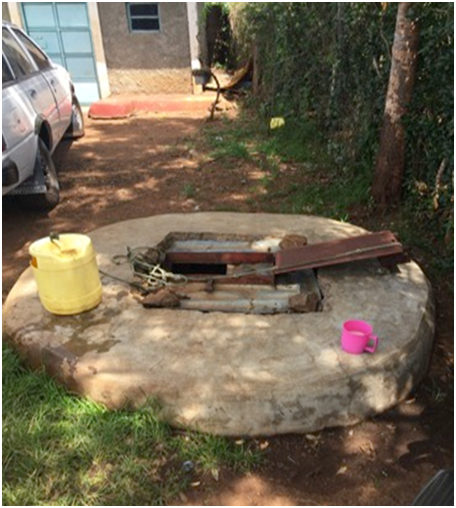
Figure 7: Protected household well
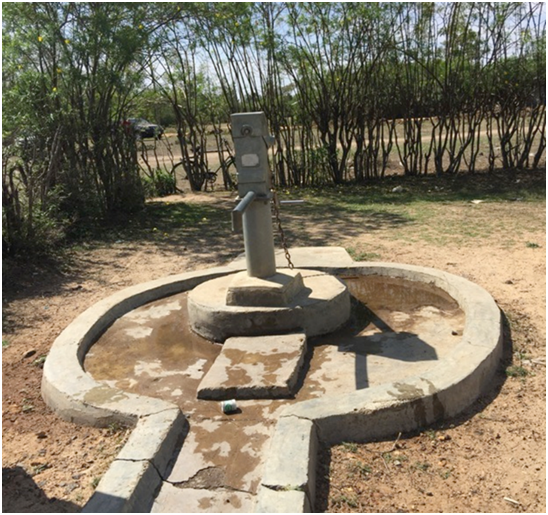
Figure 8: Community borehole at Mbeme, Obunga
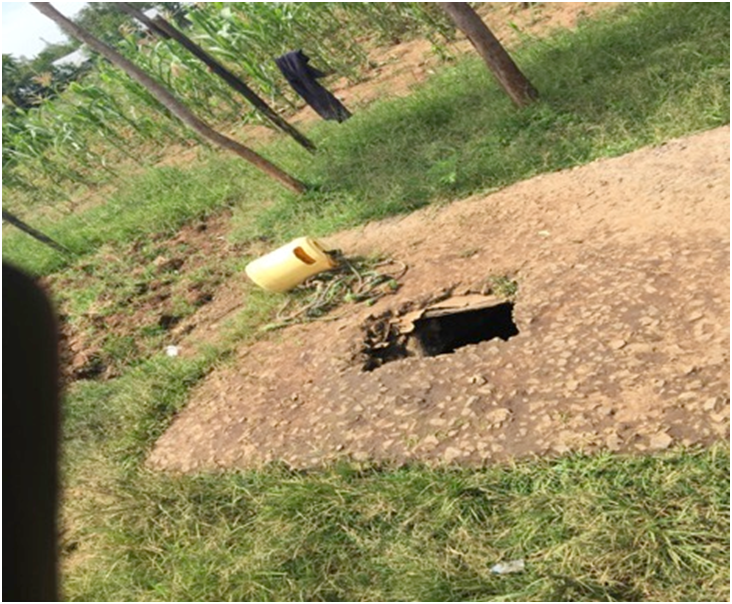
Figure 9: Unprotected household well
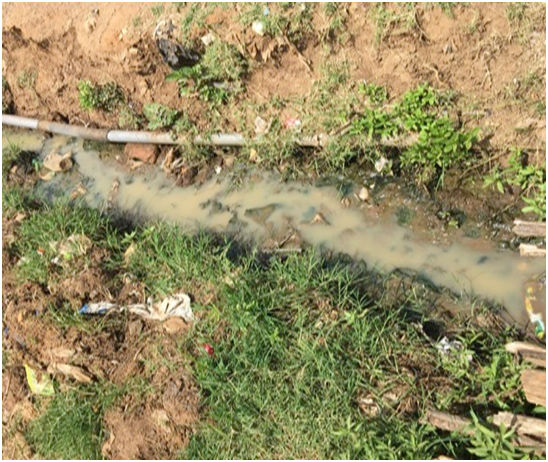
Figure 10: Open Sewer Adjacent to Piped Water.

Figure 11: KIWASCO Metered Water Adjacent to open Sewer

Figure 12: Raw Sewer passing through Obunga slum.
